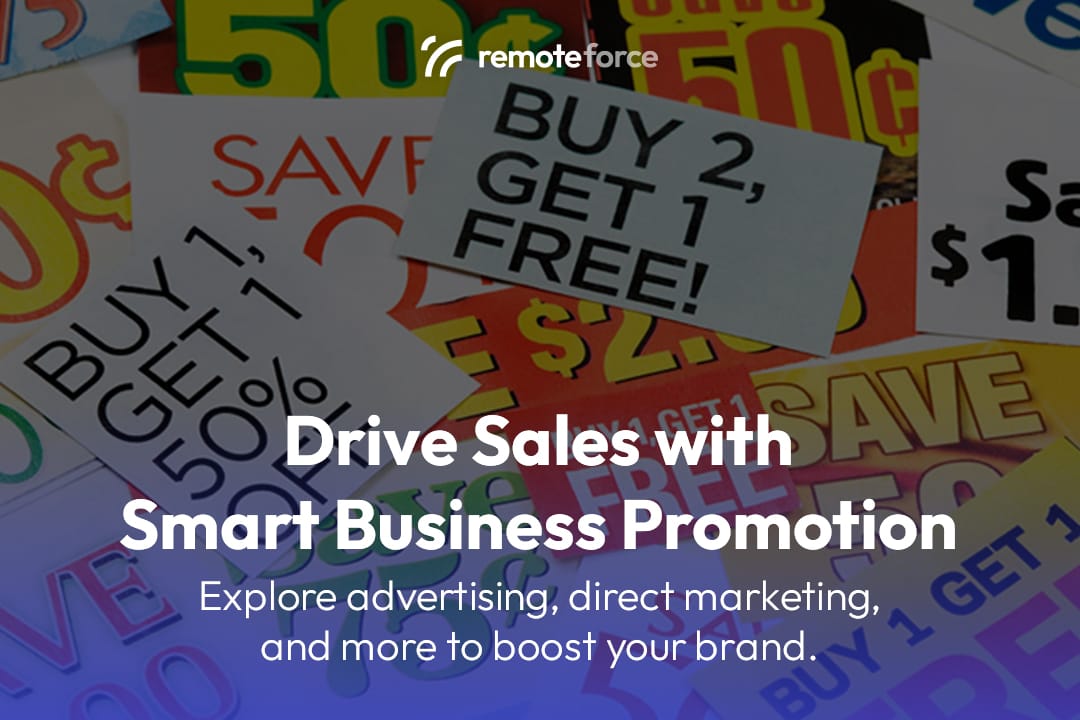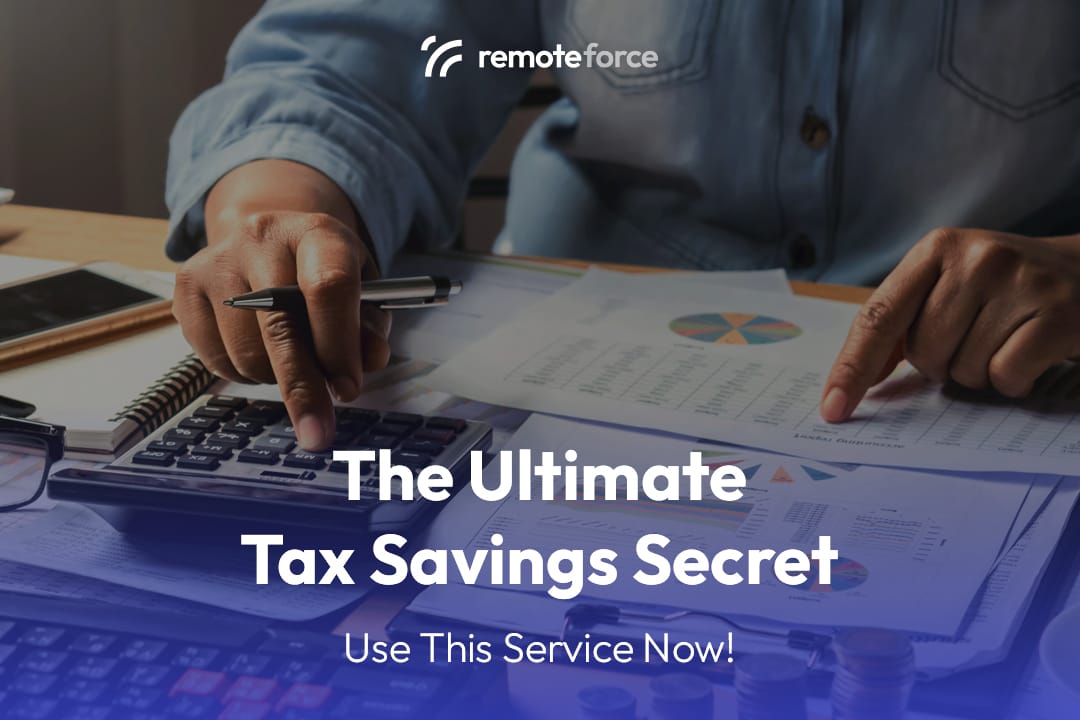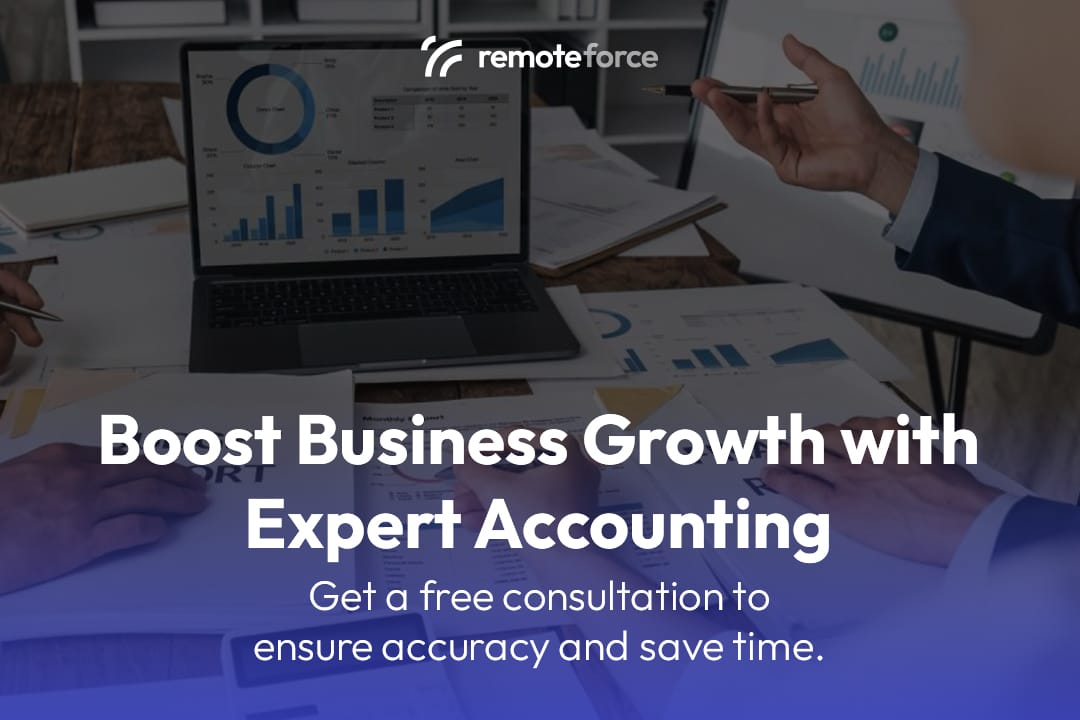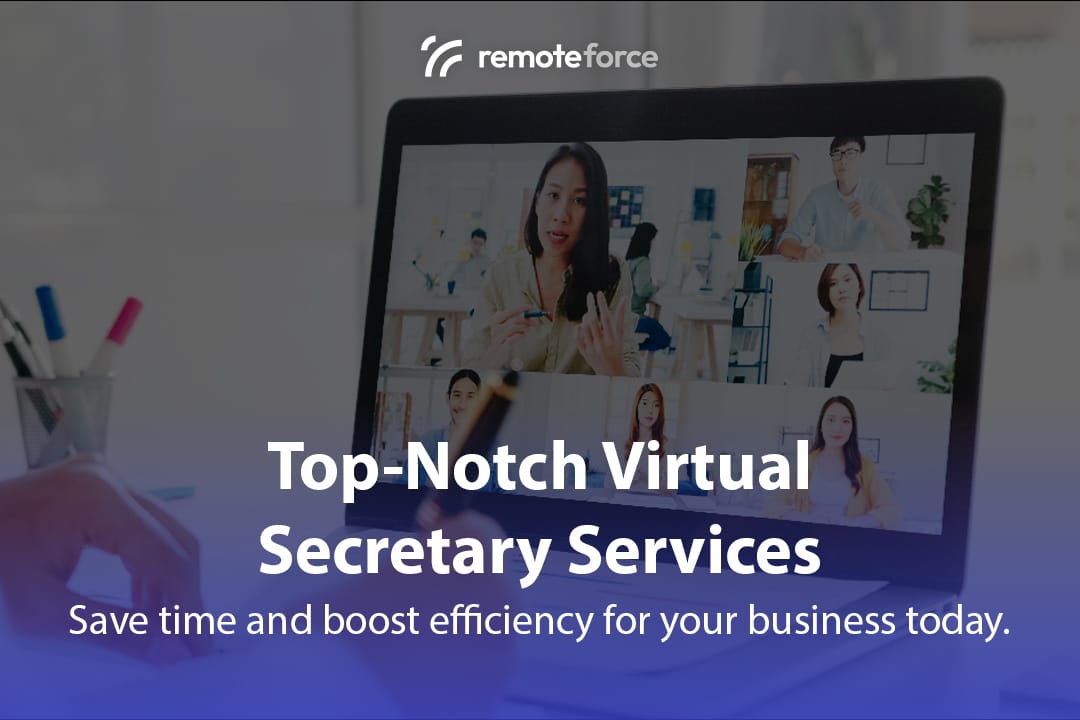In the competitive world of business, having a great product or service is only half the battle. The other half is making sure your target audience knows about it, understands its value, and is motivated to buy. This is where promotion comes in—it’s the voice of your brand, the bridge between you and your customers.
But promotion isn’t a one-size-fits-all solution. A successful promotional strategy involves a mix of different methods, each with its own strengths and ideal use cases. By understanding the core types of promotion in business, you can create a powerful marketing mix that boosts brand awareness and drives more sales.
This comprehensive guide will break down the essential promotional types and provide actionable insights on how to use them effectively.
Table of Contents
ToggleThe 4 Main Types of Promotion
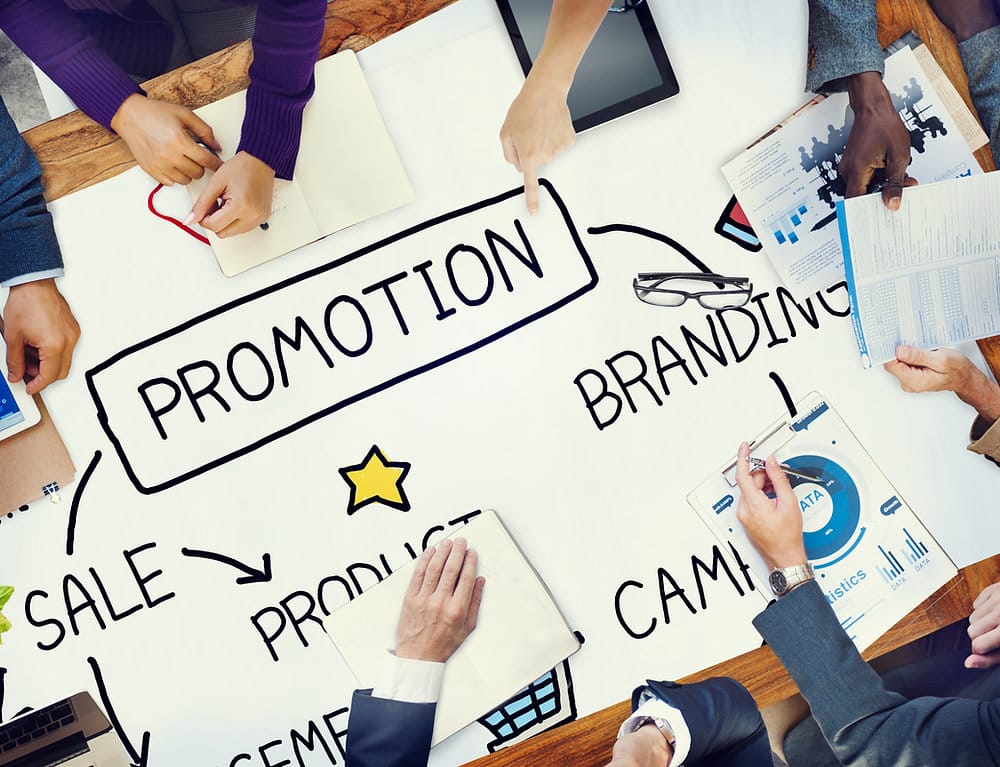
The classic promotional mix, also known as the “promotional P” in the 4 Ps of marketing, is traditionally categorized into four main areas. While the digital landscape has blurred some of these lines, these categories remain the fundamental building blocks of any marketing campaign.
1. Advertising
Advertising is any paid form of non-personal communication about an organization, product, service, or idea by an identified sponsor. It’s about reaching a broad audience to build brand awareness and create a positive image.
Key Forms of Advertising:
- Digital Advertising: This includes social media ads (Facebook, Instagram, LinkedIn), search engine marketing (Google Ads), display ads on websites, and video ads on platforms like YouTube. It’s highly targeted and offers detailed analytics to measure performance.
- Traditional Advertising: Think television commercials, radio spots, print ads in magazines and newspapers, and billboards. While often more expensive and less targeted than digital, it can still be effective for reaching large, local audiences.
When to use it: When you need to quickly build brand recognition and reach a large number of people. It’s ideal for new product launches, seasonal promotions, or maintaining a strong brand presence.
2. Personal Selling
Personal selling involves direct, face-to-face communication between a salesperson and a potential customer. This type of promotion is all about building relationships, addressing specific needs, and persuading the customer to make a purchase.
Key Characteristics:
- Relationship-Driven: It allows for a two-way conversation, enabling the salesperson to understand customer needs and provide tailored solutions.
- Flexible: The message can be adapted in real-time based on the customer’s questions and feedback.
- High-Cost, High-Impact: While the cost per contact is high, it often leads to a higher conversion rate, especially for complex or high-value products and services (e.g., B2B sales, real estate, luxury goods).
When to use it: When selling complex products, high-value services, or when a personal relationship with the customer is critical. It’s a crucial component of B2B sales cycles and service-based businesses.
3. Sales Promotion
Sales promotion is a short-term incentive designed to encourage immediate purchase. Unlike advertising, which aims to build long-term brand equity, sales promotion is focused on driving a quick, measurable action.
Common Examples:
- Discounts and Coupons: Offering a percentage off, a fixed amount off, or a “buy one, get one free” deal.
- Contests and Giveaways: Running a contest where customers can win a prize, or offering free samples or products.
- Loyalty Programs: Rewarding repeat customers with points, exclusive discounts, or special access.
When to use it: To clear out old inventory, stimulate sales during a slow period, encourage trial of a new product, or reward loyal customers.
4. Public Relations (PR)
Public relations is a strategic communication process that builds mutually beneficial relationships between organizations and their publics. It’s about managing a company’s image and reputation, often through unpaid, earned media.
Key PR Activities:
- Press Releases: Announcing new products, partnerships, or company milestones to journalists and media outlets.
- Media Relations: Building relationships with reporters and influencers to secure positive coverage in news articles, blog posts, and interviews.
- Community Engagement: Sponsoring local events, participating in charitable activities, or leading industry-related discussions.
When to use it: When you want to build long-term credibility, manage a crisis, or position your company as a thought leader in its industry. A positive news story often carries more weight with consumers than a paid advertisement.
Beyond the Basics: The Evolving Promotional Mix
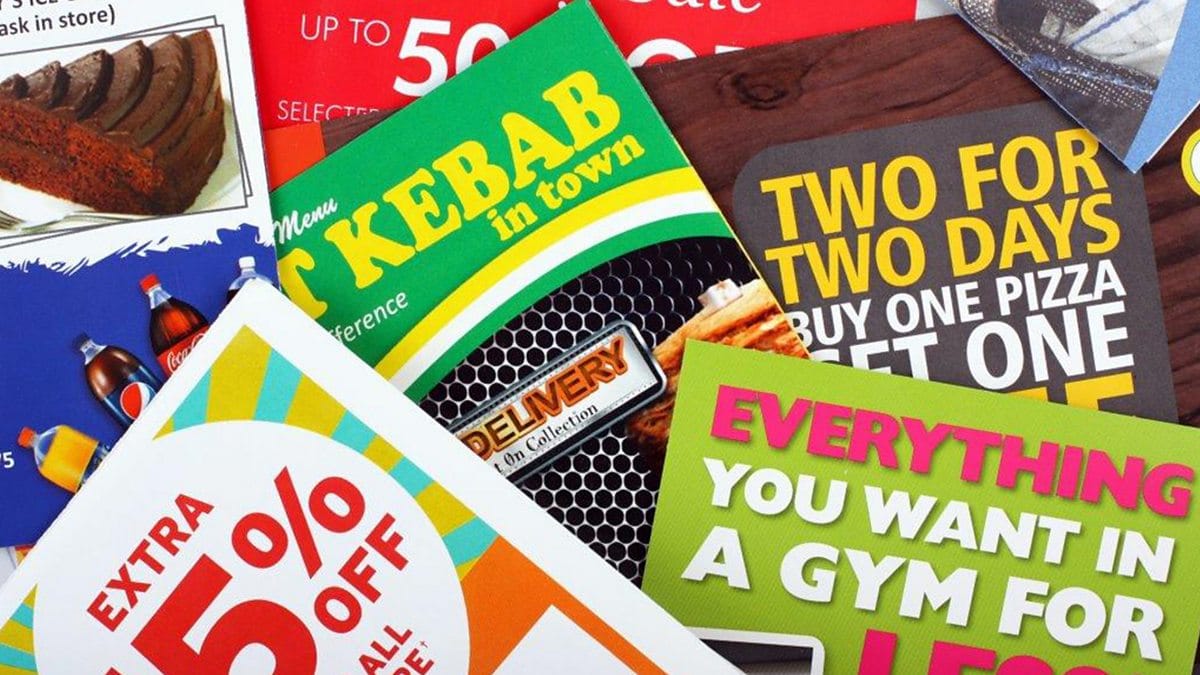
With the rise of the internet, new promotional methods have emerged that often blend elements of the traditional four. Two of the most impactful are Content Marketing and Direct Marketing.
5. Content Marketing
Content marketing is a strategic approach focused on creating and distributing valuable, relevant, and consistent content to attract and retain a clearly defined audience. It’s about providing value before asking for anything in return.
Examples of Content Marketing:
- Blog Posts and Articles: Providing educational or entertaining content that solves a problem for your audience.
- Videos and Podcasts: Engaging audiences through visual and audio storytelling.
- Ebooks and Whitepapers: Offering in-depth resources that position your brand as an industry expert.
Why it’s so effective: Content marketing builds trust and authority. By consistently providing value, you turn your audience into a community and eventually, loyal customers.
6. Direct Marketing
Direct marketing involves communicating directly with individual customers to generate a response or transaction. Unlike mass advertising, it is highly targeted and personalized.
Examples of Direct Marketing:
- Email Marketing: Sending newsletters, promotional offers, or personalized updates directly to a subscriber list.
- Direct Mail: Sending physical mailers, catalogs, or letters to a targeted list of addresses.
- Telemarketing: Making direct phone calls to potential customers.
Why it’s so effective: Direct marketing allows you to precisely track results and measure ROI. It’s excellent for nurturing leads and converting them into sales.
Conclusion: Crafting Your Perfect Promotional Strategy
Understanding the different types of promotion is the first step toward building a successful marketing strategy. By strategically blending advertising to create awareness, personal selling to build relationships, sales promotion to drive action, and PR to build credibility, you can create a robust and effective plan.
In today’s digital-first world, integrating these traditional methods with modern approaches like content marketing and direct marketing is essential. By providing consistent value and reaching your audience through a mix of channels, you can ensure your brand stands out from the crowd.
If you’re looking to enhance your brand’s promotional efforts with a professional touch, RemoteForce offers expert digital marketing services that can help you navigate these promotional types, craft a cohesive strategy, and execute campaigns that deliver tangible results for your business. Get in touch with us today on LinkedIn or Facebook!
